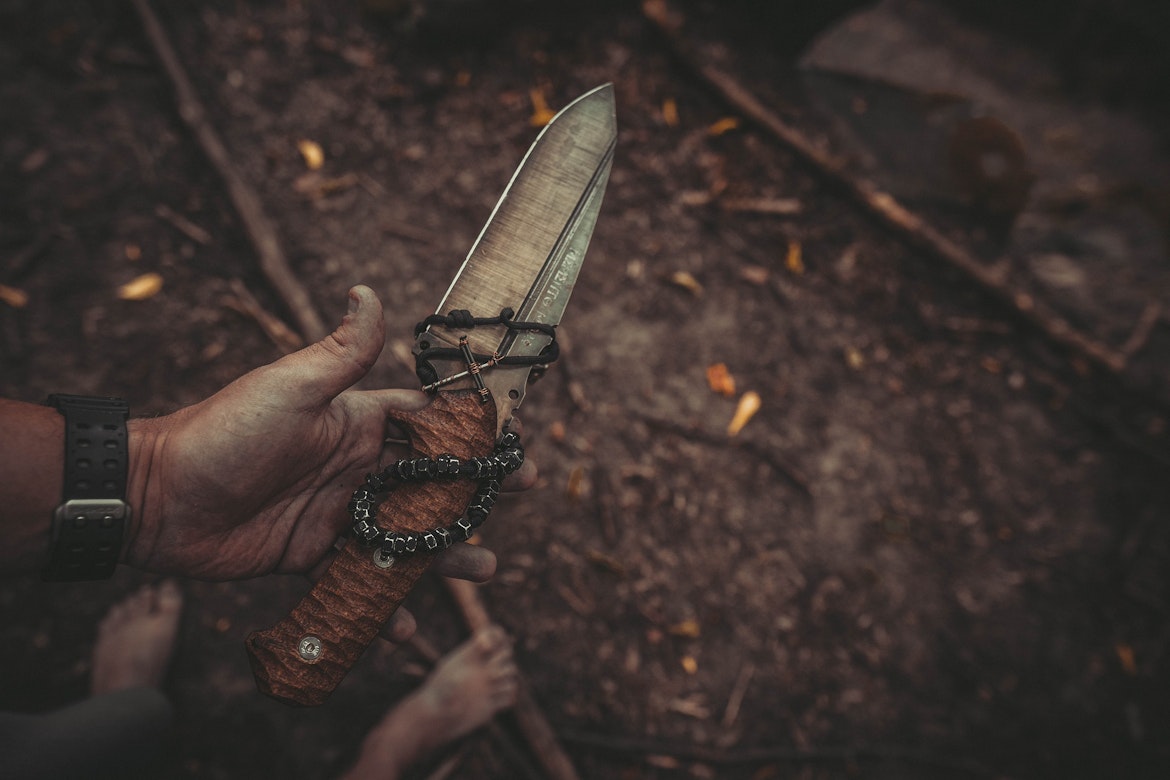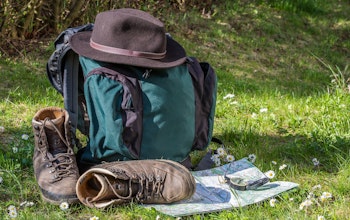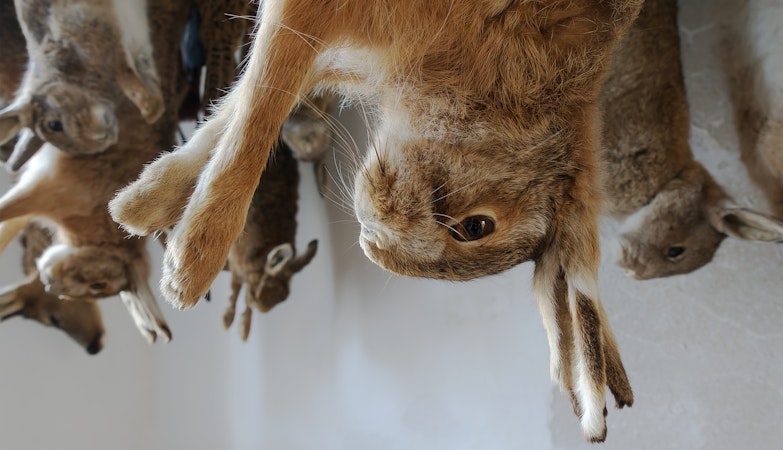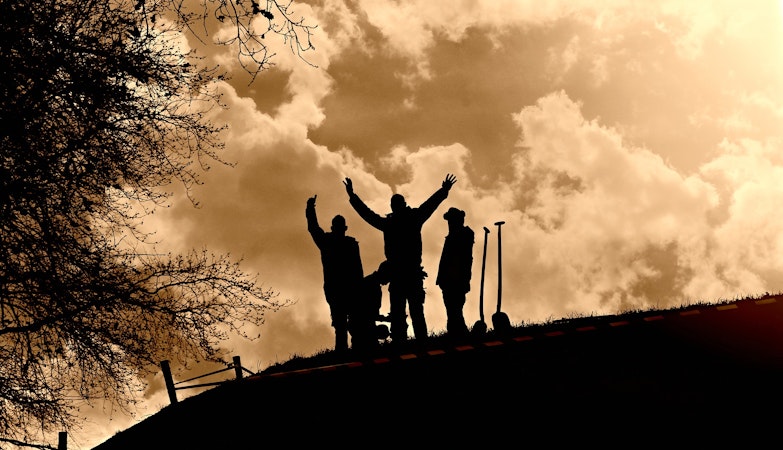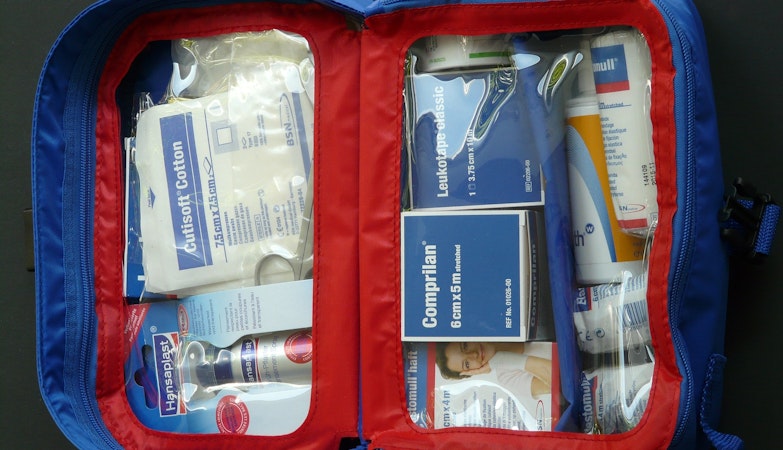There is probably no single item that defines, establishes and sustains an individual’s survival, self-reliance and freedom potential more than the knife. The knife and its modification the spear was in use long, long before the arrow, sling or firearm. Flint blades predate almost any other manmade device. The name “Saxon” in “Anglo Saxon comes from the name of the long, heavy bladed knife called the “seax” carried by the Anglo Saxons. Carrying the seax was the mark of a free man. Slaves, of course were prohibited from carrying arms. As we know, being prohibited from caring arms is still the mark of a slave.
Today, virtually everyone uses some kind of knife at least a few times each day. The possession of a knife imparts a huge survival and self-defense advantage to anyone. If you have nothing else with you, a knife gives you a chance to survive. Not carrying a knife of some kind is surrendering your survival potential to luck and the whims of nature and man. The prepared person will carry a pocketknife or a pouch knife throughout the day. He or she may keep a larger “survival knife” or “hunting knife” in their vehicle or other accessible location. Of course there will be well selected small and large blades for outdoor activities and stashed in the survival/evacuation pack. One may carry a heavy bladed 6 to 8 inch blade length belt knife for heavy work. A small thin bladed pocketknife for fine work and maybe a Swiss Army type knife or Multi-Tool with a variety of blades and gadgets as well. Some Multi-Tools even have an LED flashlight included. Some “survival knives” come with a match compartment in the handle and a compass in the butt. These are good for backup caches or extra knives, but most are weakened by the hollow handle and may break in heavy survival use. The exception will be covered later in this article. You may want to consider one of the military bayonet/knives that work with the sheath to cut wire. Going cross-country in most areas will mean crossing a lot of wire. The M9 and M10 and the AK47 bayonets have wire cutters. Small sharpening stones are often included in a pouch right on the sheath. This is a highly recommended feature. The knife is not where you want to go cheap! A blade that goes dull or brakes when you need it most is no bargain but there are over-priced knives where you are paying for style or a name. We are not talking about knife collecting or knife show knives here. We are talking about reliable use and abuse blades. Ultimately you have to select your knife set based on as much quality\ as you can afford. Survival and self/reliance knives can be classified as pocketknives, pouch knives, sheath knives and combat knives. The following are some recommended selections from several knife experts.
Pocketknives are single or several bladed knives that fit into ones pockets comfortably and unobtrusively. In the past almost everyone carried a pocketknife or “pen knife” to sharpen quill pens, clean pipes and perform other daily tasks. For our purposes a pocketknife is a single or double-bladed knife of no more than 3-inch blade length. You want this knife to be thin and light so you will carry it comfortably at all times, but also strong and sharp. Some good choices are the Spyderco ™ Native folder at about $78.00, the Kershaw ™ Combo Edge folder and the Gerber ™ Mini Covert folder at $36.00. The Smith and Wesson ™ S.W.A.T. frame lock folder and Black Ops folder priced in the $25.00 to $35.00 range are good values as well. If you want more than one blade, the Swiss Army ™ Soldier knife (the first Swiss Army knife) with a blade, can opener, bottle opener, two screwdrivers and an awl point fits in the pocket for about $25.00.
Pouch knives are those that are carried in a belt pouch or may be kept in other places, but are too large for comfortable pocket carrying. This includes large folders, Swiss Army Knives and Multi Tools. If your normal apparel is work cloths or blue jeans you may be able to wear a belt pouch without attracting any negative attention. This provides the opportunity to carry larger and more versatile knives. Things get more complicated here because you have to choose between one big strong blade with limited uses or several smaller blades and tools with multi-use capabilities. In the Multi-Tool category there is the Leatherman ™ New Wave tool with over a dozen functions at $75.00, the Gerber ™ Diesel multi-tool at $53.00 and scores of other models to meet your requirements. Some even include LED flashlights, fire starters, whistles and magnifying glasses. The drawback to the Multi Tool concept is that the primary tool is usually a pliers rather than a knife blade and getting to the knife blade is a bit slow and troublesome. Once deployed the knife blade of a multi-tool is rather clumsy to use compared to a folder. You may still want or need to carry a pocketknife along with the multi tool. The Swiss Army knife is a knife first and a tool second and the traditional Swiss Army ™ knife also offers a great variety of choices. The ones with 6 to 8 blades and devices are more compact and easier to use than the puzzle-like multi-tools. The Swiss Army ™ Ranger with its 20 tools is a good choice for about $40.00 or you can go all out for the huge (and clumsy) Champ selling for close to $80.00. Some have 20-30 devices, but are bulky and awkward. Avoid cheap imitations. Stick with brand names and be sure of a good strong pouch that will not tear or come off your belt.. Large folders with blades of about 4-inches offer the blade of a sheath knife in a more compact form but they cannot be a strong for some applications. Consider the KA-BAR ™ Mule folder at about $48.00 or one of the popular Buck ™ large folding knives.
Sheath knives are larger sheath carried blades ranging from the short bladed USAF Survival Knife (5”) and U.S. Marine KA-BAR (6”) to machete lengths of 12”. The actual military surplus USAF Survival Knife and U.S. Marine KA-BAR are good values at about $40.00, but KA-BAR ™ brand makes a variety of KA-BAR variations selling in the $50-$60 range. Smith & Wesson ™ offers the KAB-BAR like “Search and Rescue” sheath knife with an excellent sheath and sharpening stone for under $30.00.If you do elect to go with a hollow handles, Rambo style “survival knife” you will need to spend some real money to get strength and reliability. Chris Reeve ™ makes hollow handles “survival Knives” from a single bar of A2 tool steel with a handle cavity sealed with an “O” ring to keep matches and other items dry. These knives sell in the $200 to $400 range. For value and quality there are several good choices among military bayonets. The M-9 and M-10 are good choices.
Knives of over 14-inches over-all length become impractical for most folk to carry on a belt ankle of harness sheath. If you anticipate some serious chopping and hacking you may want to consider carrying a heavy bladed knife in or across the back of your pack. Consider the Ontario ™ RTAK-II Bush knife with its 10” blade and 17-inch over-all length for about $90.00 ™ or even a military surplus Machete on the market for as little as $20.00
Combat knives are those specially designed for fighting. They are not usually ideal for other survival uses. These range from small concealable 3” blades and throwing knives through boot knives and commando knives. While knife fights are possible they are not probable so put survival knives ahead of combat knives in your priorities. In certain situations and urban environments a well-hidden combat knife could be just what you need. You may want to add something like the OSS Spike dagger that is carried on the wrist or the Special Ops ™ 5-inch blade boot knife selling for about $24.00. There are variations of the famous Applegate-Fairbairn ™ World War Two style combat knives selling for from $50.00 to $100.00
This article would not be complete without a few tips on the care and sharpening of your knives. Leaving knives out is an invitation to trouble. They can be lost, stolen, damaged, picked up by children or even used against you. Keep them in their sheath or pouch and in a safe location when not in use. Clean and lightly oil multi blade knives so they open freely when you need them. Knives are not intended for prying or hammering. Keep your knives sharp and clean. Sharpening techniques would take more room than we have in this article, but there are some devices that are recommended. Cabala’s offers a wide variety of electric and hand sharpeners ranging in price from $20.00 to $400.00. You can get a good diamond stone for $30 to $60. and these come with instructions. The Gatco ™ Edgmaster sharpening system will do a good job for $40.00. The Edgemaker ™ device is handy for fast restoration of a blade.
Your choice of a knife system will depend on your anticipated every-day uses and your worst-case emergency needs. No one knife will be the best for every situation. You should have at least one high quality pocketknife, pouch knife and sheath knife and carry all three if possible when in a potential survival threat situation. Carry more than one knife if possible. Cheaper backup knives stashed in various locations (e.g. vehicle, office, pack, etc.) will be way better than nothing if you are unable to access your primary blade. In some cases what you want and what you can legally and practically carry will be a compromise, but always carry a knife. We invite the reader’s input and comments on this subject.

